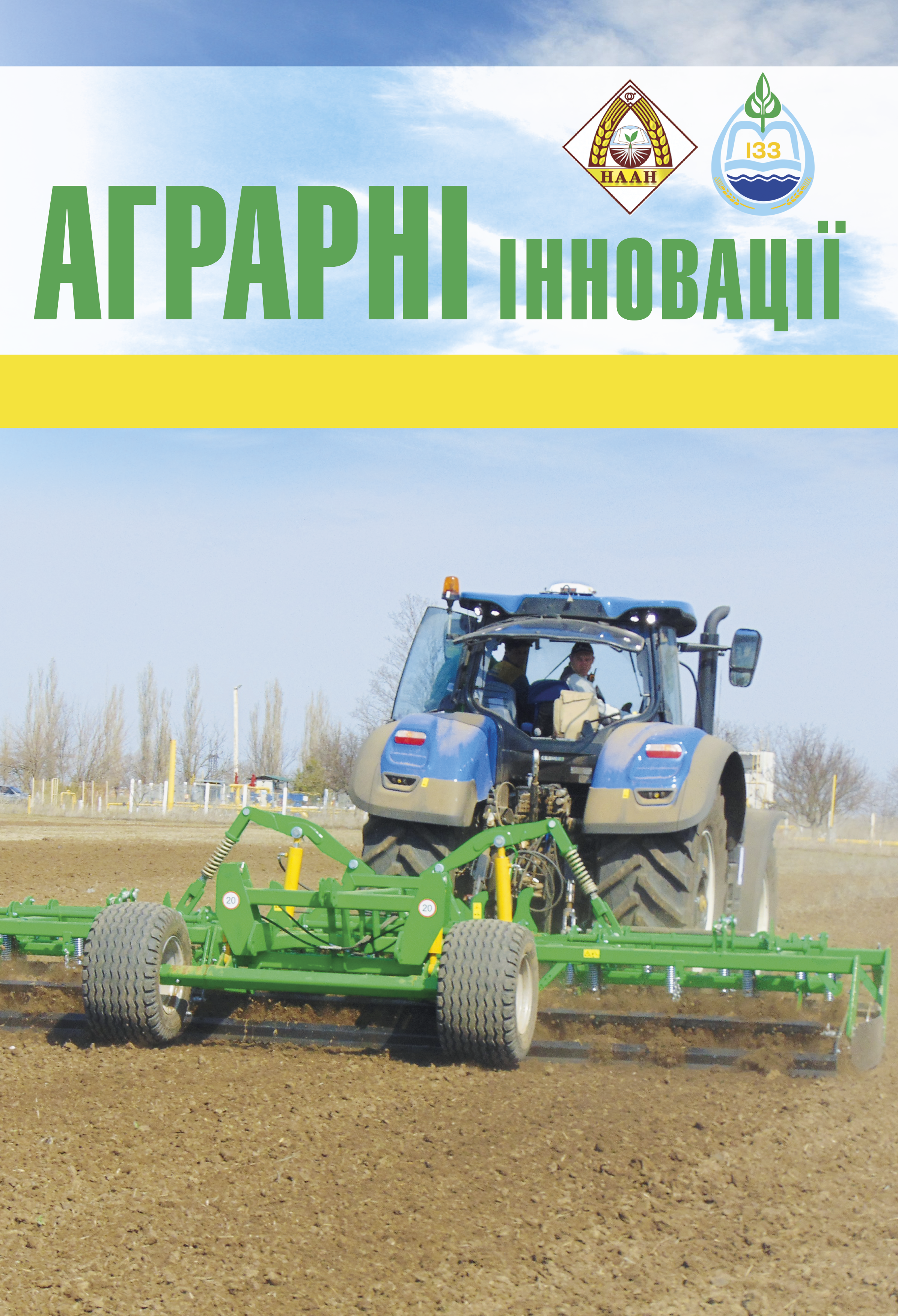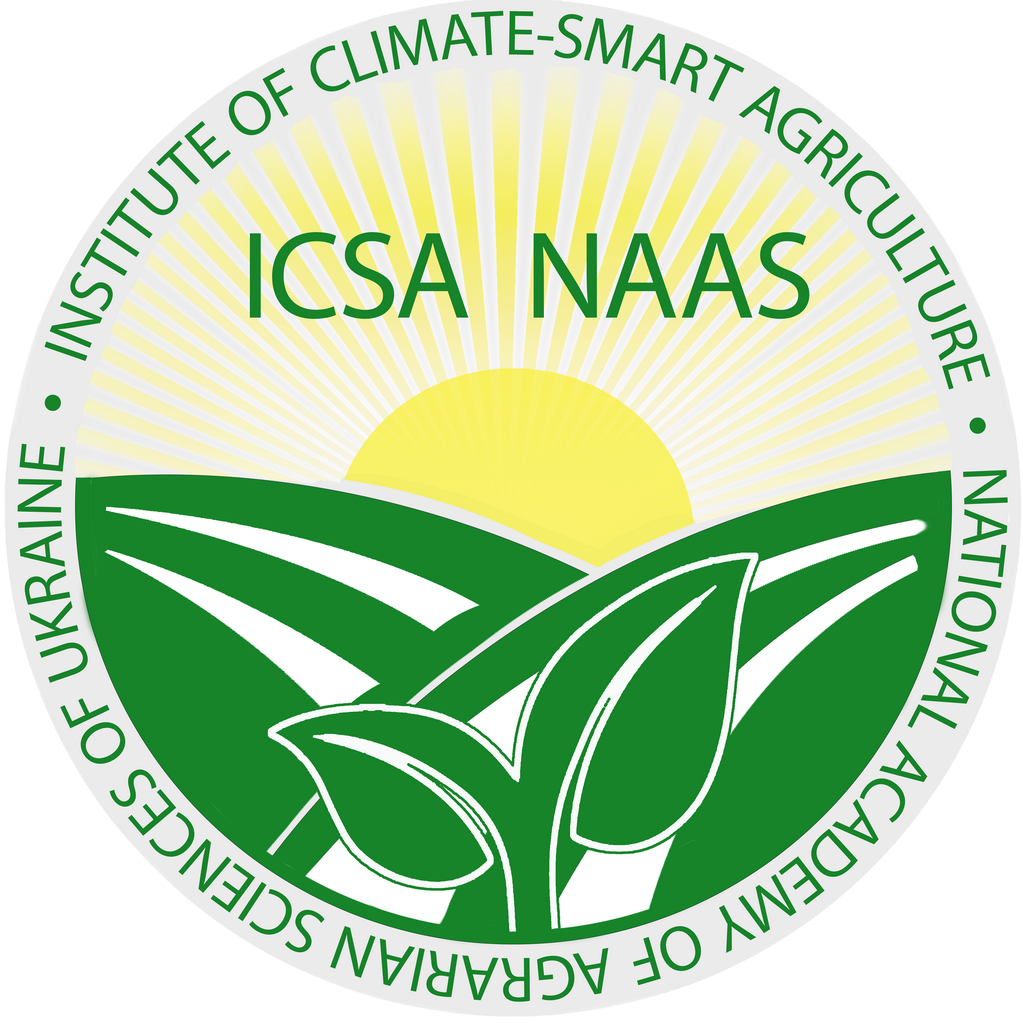Lathyrus Sativus L. – current state and prospects for growing in conditions of climate change
Abstract
In the article, special attention is paid to chickpea (Lathyrus sativus L.) as a promising legume crop, which is characterised by high nutritional value, agronomic adaptability and economic profitability. It is a crop with adaptive capabilities that are opening up for the agricultural sector in the context of global warming and requires further research and an innovative approach to fully realise its potential. The authors emphasise the need to adapt agricultural technologies, including improving crop rotation, splicing regimes, fertilisers and plant protection, taking into account environmental aspects. The authors also highlight the potential of chickpea as a high-protein crop for expanding the food mix, ensuring food security and improving the quality of food rations. The article provides data on the nutritional value of cowpea, its importance in the feed and food industry, as well as the dynamics of sown areas, The article describes the agrotechnical advantages of china, in particular its ability to enrich the soil with nitrogen, to be used as a green manure, fodder and food crop. The nutritional value of cowpea grain, which can be used in the production of flour, cereals, feed and technical products, is highlighted. Emphasis is placed on the growing demand for alternative protein sources and the importance of cowpea in ensuring food security. There is a positive trend in the dynamics of pigeonpea cultivation in Ukraine: the area under crops, yields and gross harvest are increasing. This is facilitated by the adaptation of new cultivation technologies, the development of resistant varieties and increased interest in exports. The advantages of chickpea compared to other pulses, such as peas and chickpeas, in terms of energy and nutritional value are shown. The authors emphasise the insufficient popularisation of the crop among farmers and the underdeveloped infrastructure for its processing. They recommend paying attention to the active implementation of innovative approaches in its cultivation and processing to increase the resilience of the agricultural sector to climate change and meet socio-economic needs.
References
2. Антоненко В. О. Особливості технологій вирощування зернобобових культур в умовах зміни клімату. Аграрний вісник Причорномор’я, 2023, № 3, с. 45–52.
3. Аверчев О. В., Нікітенко М. П. Кліматично-орієнтовне землеробство в Україні. Сучасна наука: стан та перспективи розвитку: матеріали ІV Всеукраїнської науково-практичної конференції молодих вчених з нагоди Дня працівника сільського господарства, 2021. Херсон, с. 87–92.
4. Нікітенко М. П., Могилко С. О. Агрометеорологічне прогнозування в умовах змін клімату. Персектива, 2021, вип. 36, с. 79–80.
5. Аверчев О. В., Нікітенко М. П. Захист рослин в умовах глобальних змін клімату. Сучасні аспекти і технології у захисті рослин: матеріали Міжнародної наук.-практичної інтернет-конференції. Полтава: ПДАА, 2022, с. 38–40.
6. Григоренко А. О. Роль бобових культур у стратегії продовольчої безпеки України. Екологічний журнал «Рослинництво», 2021, № 7, с. 34–39.
7. Зубець М. В. Перспективи вирощування чини посівної в умовах сучасних кліматичних змін. Сільське господарство України, 2023, № 9, с. 35–40.
8. Іванов І. М. Вплив новітніх агротехнологій на урожайність чини посівної. Сучасні аграрні дослідження, 2023, № 2, с. 27–34.
9. Мишак А. В. Інститут кормів та сільського господарства Поділля НААН – один з наукових центрів зі створення сортів бобових культур. Історія освіти, науки і техніки в Україні, 2022, с. 344–347.
10. Аверчев О. В., Нікітенко М. П. Впровадження агроекологічного моніторингу земель сільськогосподарського призначення в Херсонській області. Всеукраїнська наукова конференція «Сільське господарство України під час війни: виклики та проблеми аграріїв».
11. Аверчев О. В., Нікітенко М. П. Комплексний підхід у розвитку екологічно орієнтованого агропромислового виробництва. Таврійський науковий вісник. Серія: Сільськогосподарські науки. Одеса: Видавничий дім «Гельветика», 2024, вип. 137, с. 3–10.
12. Саблук П. Т. Стратегічні напрями розвитку бобових культур в Україні. Економіка АПК, 2020, № 7, с. 12–17.
13. Державна служба статистики України. [Електронний ресурс]. – Режим доступу: https://www.ukrstat.gov.ua/(дата звернення: 24.11.2024).
14. FAO. Adaptation of Legumes to Climate Change. Rome: FAO, 2021.
15. Василенко П. Г. Зернобобові культури України: стан та перспективи. Київ: Аграрна наука, 2022.
16. Campbell C. G. Grass Pea in Sustainable Agriculture. Springer, 2019.
17. Smith P. Climate-Resilient Crops for Drylands. Oxford: Academic Press, 2020.
18. Русан В. М., Жураковська Л. А., Жаліло Я. А. та ін. Перспективи розвитку аграрного сектора України в умовах кліматичних змін: аналіт. доп. / за наук. ред. Я. А. Жаліла. Київ: НІСД, 2024. 47 с. URL: https://doi.org/10.53679/NISS-analytrep.2024.09 (дата звернення: 10.11.2024).
19. Міністерство аграрної політики України. Статистичні дані, 2023.
20. Мельник А. І., Сидоренко В. В. Перспективи вирощування зернобобових культур в Україні. Київ: Аграрна наука, 2021.






